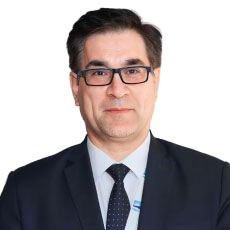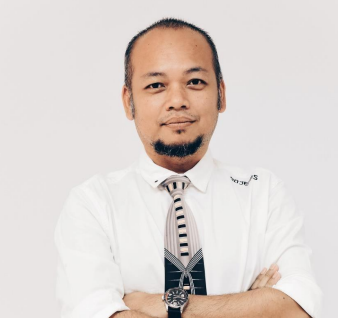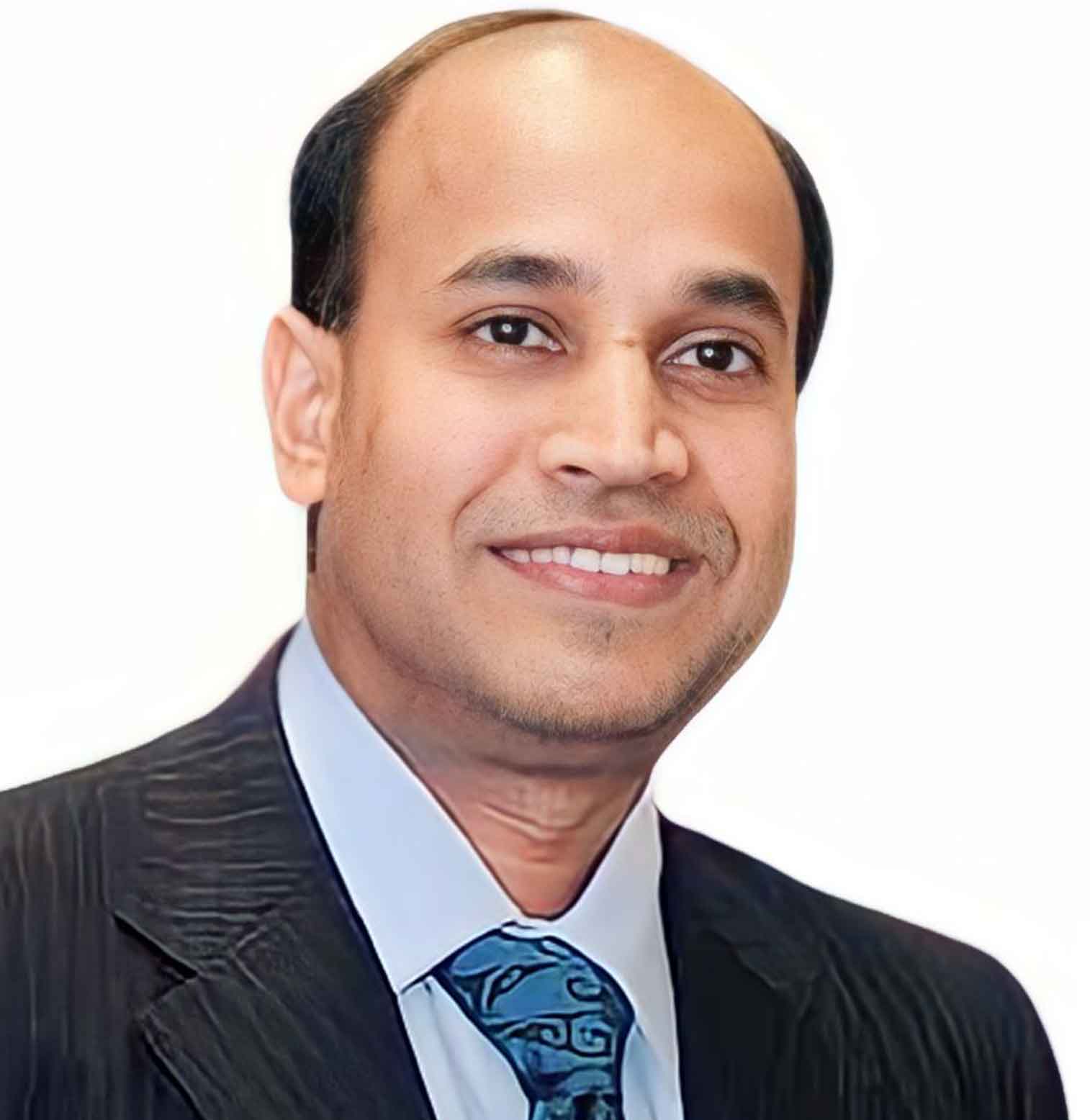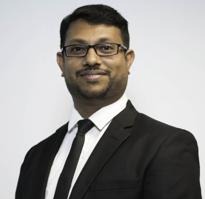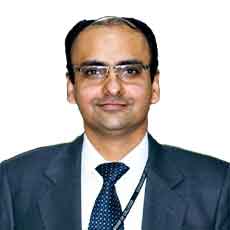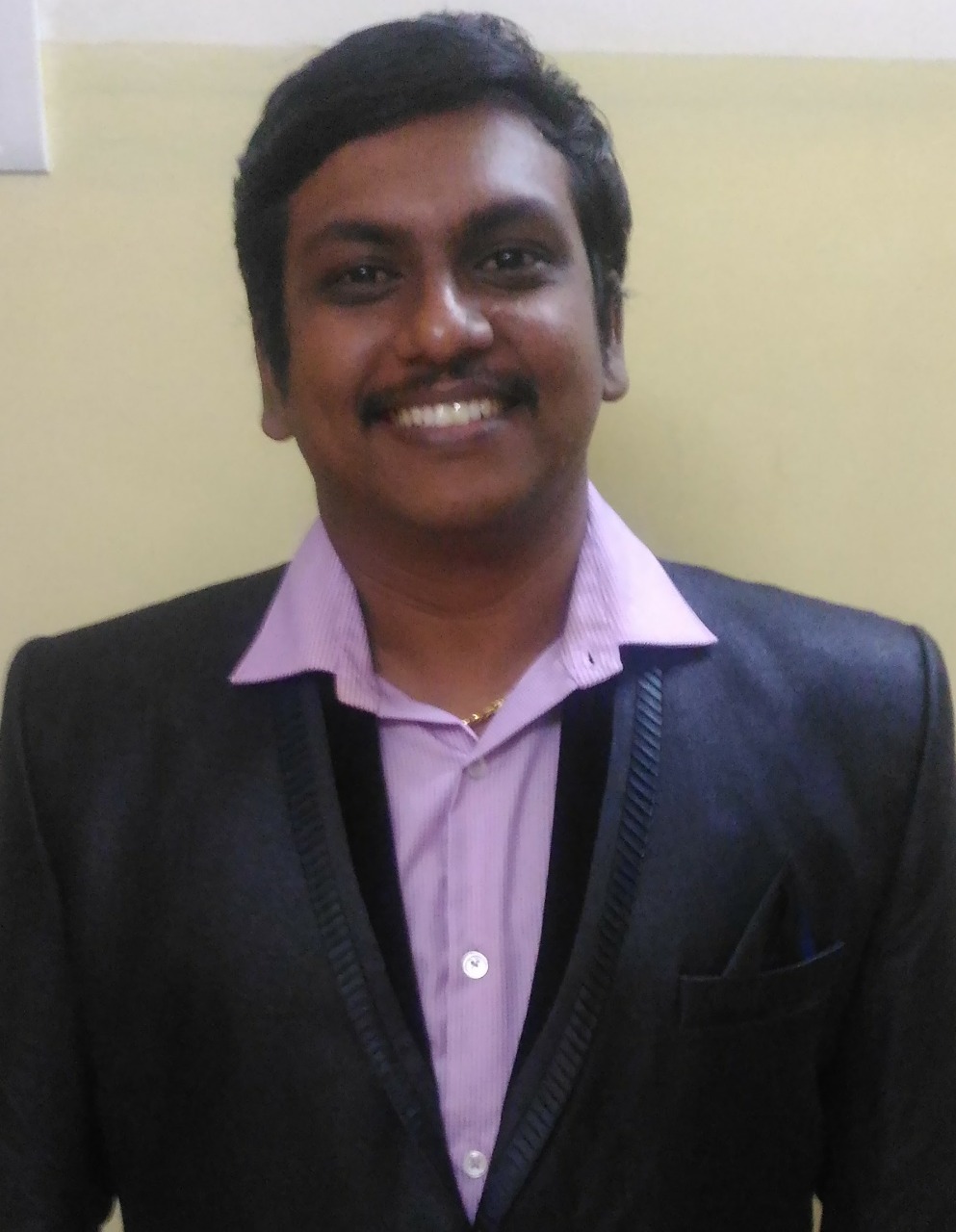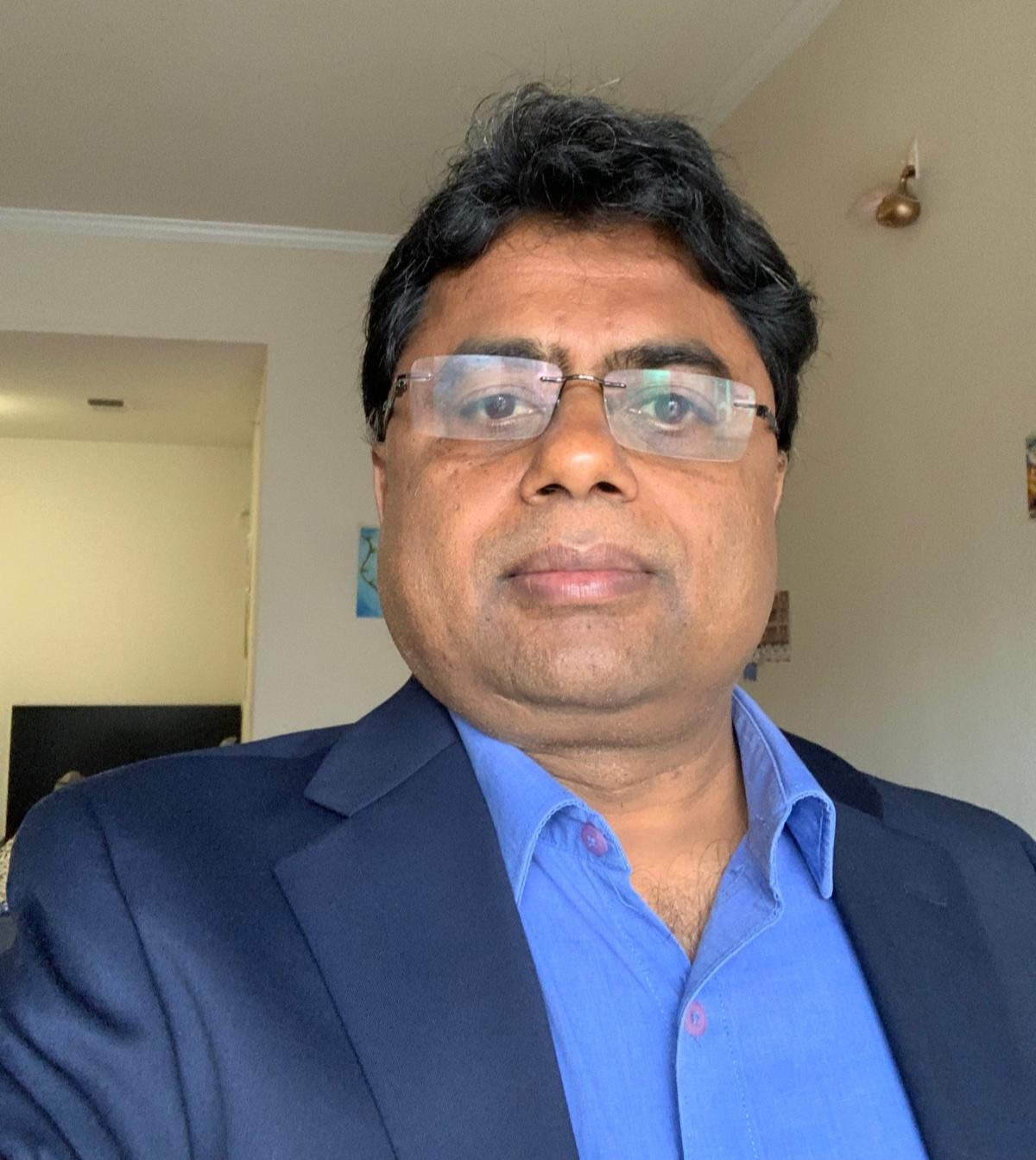PROGRAMME OVERVIEW
4th World Conference on Multidisciplinary Research & Innovation (WCMRI)
PROGRAMME OVERVIEW
Day 1 - 17th July 2025
Registration Desk
National Anthem of Singapore
Welcome Speech by Moderator
Welcome Speech by Special Guest of Honor
Photographic Session
Refreshment Break
Technical Session I
Lunch break
Technical Session II
Refreshment Break
Valedictory
Vote of Thanks
Day 2 - 18th July 2025
Welcome Speech by Moderator
Welcome speech by Exclusive Event Speaker
Technical Session I A
Technical Session I B
Speech by Session Speaker
Lunch Break
Speech by Keynote Speaker
Technical Session II A
Technical Session II B
Speech by Session Speaker
Technical Session III A
Technical Session III B
Valedictory
Vote of Thanks
Technical Session
Paper Title : Pierre Bourdieus Habitus Analysis of the Good Practice Learning Model at SD Muhammadiyah Sarilamak

Reski Anggraini
Abstract :
This article presents a philosophical analysis of Pierre Bourdieu concept of habitus as it pertains to the learning model employed at SD Muhammadiyah Sarilamak in Lima Puluh Kota, West Sumatra Province. In Bourdieu's conceptual framework, the notion of cultural production is understood as a practice undertaken by individuals in their everyday lives. In his analysis of practice, Bourdieu employs a method called genetic structuralism to elucidate the various components that shape practices, including agents, arenas, capital, and tastes. This research employs a descriptive-analytical methodology, utilising the techniques of field research. This research employs a descriptive-analytical methodology, utilizing observations and research findings as the primary data source to investigate the phenomenon at SD Muhammadiyah Sarilamak. Secondary data were obtained from books, scientific articles, and other literature related to the object of research. The objective of this study is to describe and analyze the "good practice" learning model at SD Muhammadiyah Sarilamak through the lens of Pierre Bourdieu's habitus theory. The findings indicate that habitus is the outcome of a prolonged cultivation process that commences during childhood and eventually becomes a form of "second taste" or second nature. Consequently, the implementation of the "good practice" learning model among students at SD Muhammadiyah Sarilamak represents the culmination of a sustained habitus process.
Keywords:
Pierre Bourdieu, habitus theory, good practices, SD Muhammadiyah Sarilamak, and learning model.
Paper Title : Artificial Intelligence-Based DataOps Data Quality Identification Using Random Decision Neural Network Technique

Ravi Kumar Ravi
Abstract :
The effective implementation of intricate data-driven artificial intelligence (AI) software systems now heavily relies on data quality assessment. In reality, real-world applications produce vast amounts of data quickly. Prior to being permanently stored or utilised in a learning activity, these data streams need to be analysed and preprocessed. As a result, the methodical administration and creation of high-quality datasets have received a lot of attention. However, handling large and fast data streams is typically done by hand (i.e. offline), which makes it an unfeasible approach in production settings. We suggested the Random Decision Neural Network (RDNN) for Predictive capabilities in order to solve the problems. This will help DataOps operations be further optimised by anticipating possible errors, guaranteeing proactive problem solving, and enhancing system reliability. By automating and streamlining data pipelines, DataOps improves QC even further by facilitating continuous monitoring and prompt error detection, which raises overall operational efficiency. In order to reconstruct data by learning representations even in the presence of missing information, we first begin with DE noising Auto encoders (DAE). The second phase is feature selection using principal component analysis (PCA), which lowers dimensionality to facilitate data integration. In DataOps workflows, final categorisation using a Random Decision Neural Network (RDNN) results in a quality score for production data, An AI prediction-based method that the data quality score. An industrial real- world use case for the DQCOps framework. The findings demonstrate that DQCOps maintains strong prediction performance while achieving notable computational speedup rates when compared to the traditional method of data quality scoring.
Keywords:
Data Quality, DataOps, Counting, prediction, Artificial intelligence, Auto encoders, principle component Analysis
Paper Title : Comparing the Effectiveness of Traditional Storybooks and Digital Storytelling Videos in Enhancing Literary Analysis: A Quasi-Experimental Study

Angel Euzie Lamboloto
Abstract :
This study investigates the effectiveness of traditional storybooks and digital storytelling videos in enhancing students& literary analysis skills. The research aims to determine which instructional material better supports comprehension, engagement, and analytical thinking. Using a quasi- experimental design, the study involved three of the biggest schools. A pre-test and post-test were administered to measure the impact of each instructional approach. The findings revealed that digital storytelling videos significantly improved students’ literary analysis skills, with a mean score increase of 1.25 (p = 0.00005), compared to a 0.43-point increase (p = 0.04511) for traditional storybooks. This suggests that the multimedia elements of digital storytelling—such as visual and auditory stimuli—enhanced comprehension and engagement more effectively than printed text. However, traditional storybooks still demonstrated benefits, particularly in fostering deep reading and critical thinking. These results highlight the importance of integrating technology into literature instruction while maintaining the value of printed materials. A blended approach may be optimal for developing students and literary skills. The study provides educators with evidence-based insights into selecting instructional materials that best support literary comprehension and analysis.
Paper Title : Visual Decoding from fMRI Using Three-level Reconstruction Architecture

Jiann-Shu Lee
Abstract :
Research on visual stimulus image reconstruction has revealed several key challenges: color distortion in generated images, foreground misalignment, and semantic deviation. These issues highlight the complexity and difficulty of directly decoding visual information from fMRI data. The neural response process triggered by visual stimuli is multi-stage, dynamic, and intricate—ranging from initial perception in the retina to higher-level cognitive operations in the brain's visual and associative regions—making fMRI signals a composite representation of these different processing stages. This study proposes a three-level reconstruction framework, Three-Level fMRI Generated Image Network, corresponding to low-level perception at the pixel level, mid-level perception at the object level, and high-level cognition at the semantic level. High-level cognition is encoded using the CLIP model, low-level perception is represented through a color palette and depth map that reflect the image's color distribution and the relative depth of objects, while mid-level perception is presented through an initial guessed image. These extracted features are then fed into Stable Diffusion and ControlNet to guide image reconstruction, enabling more precise visual decoding.
Paper Title : The KWB Program: Enhancing Reading Interest and Comprehension to Support Sustainable Development in Early Childhood
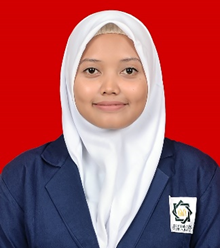
Fatia Rosyida
Abstract :
Children’s interest in reading is a psychological factor that could highly influences their reading comprehension. By developing their reading interest and comprehension, children could obtain crucial advantages in their learning and skill-building process. The objective of this research is to implement KWB’s Program in order to enhance reading interest and reading comprehension in early childhood education. This research used class action Research with Kemmis & Taggart’s 3-stage approach. The KWB’s Program was implemented in two cycles for 45 students of TK PKK Jatigede 1 (PKK Jatigede's Kindergarten 1) divided into two groups, Group A and Group B. The data for this research was collected through observation and documentation. The data was then analyzed by calculating the average and determining the percentage of each measurement aspect. The research showed that implementing KWB’s Program increased students’ reading interest and comprehension. The reading interest score percentage in the first cycle was 71,67%, and in the second cycle, it was 76,33%. Meanwhile, the reading comprehension score was 69,75% in the first cycle and 76,75% in the second cycle. After taking all the data into account, we can conclude that KWB’s Program can increase reading interest and reading comprehension in early childhood education.
Paper Title : Visual Decoding from fMRI Using Three-level Reconstruction Architecture

Jiann-Shu Lee
Abstract :
Research on visual stimulus image reconstruction has revealed several key challenges: color distortion in generated images, foreground misalignment, and semantic deviation. These issues highlight the complexity and difficulty of directly decoding visual information from fMRI data. The neural response process triggered by visual stimuli is multi-stage, dynamic, and intricate—ranging from initial perception in the retina to higher-level cognitive operations in the brain's visual and associative regions—making fMRI signals a composite representation of these different processing stages. This study proposes a three-level reconstruction framework, Three-Level fMRI Generated Image Network, corresponding to low-level perception at the pixel level, mid-level perception at the object level, and high-level cognition at the semantic level. High-level cognition is encoded using the CLIP model, low-level perception is represented through a color palette and depth map that reflect the image's color distribution and the relative depth of objects, while mid-level perception is presented through an initial guessed image. These extracted features are then fed into Stable Diffusion and ControlNet to guide image reconstruction, enabling more precise visual decoding.
whatsapp Community

Join IFERP whatsapp Community
Join Now
